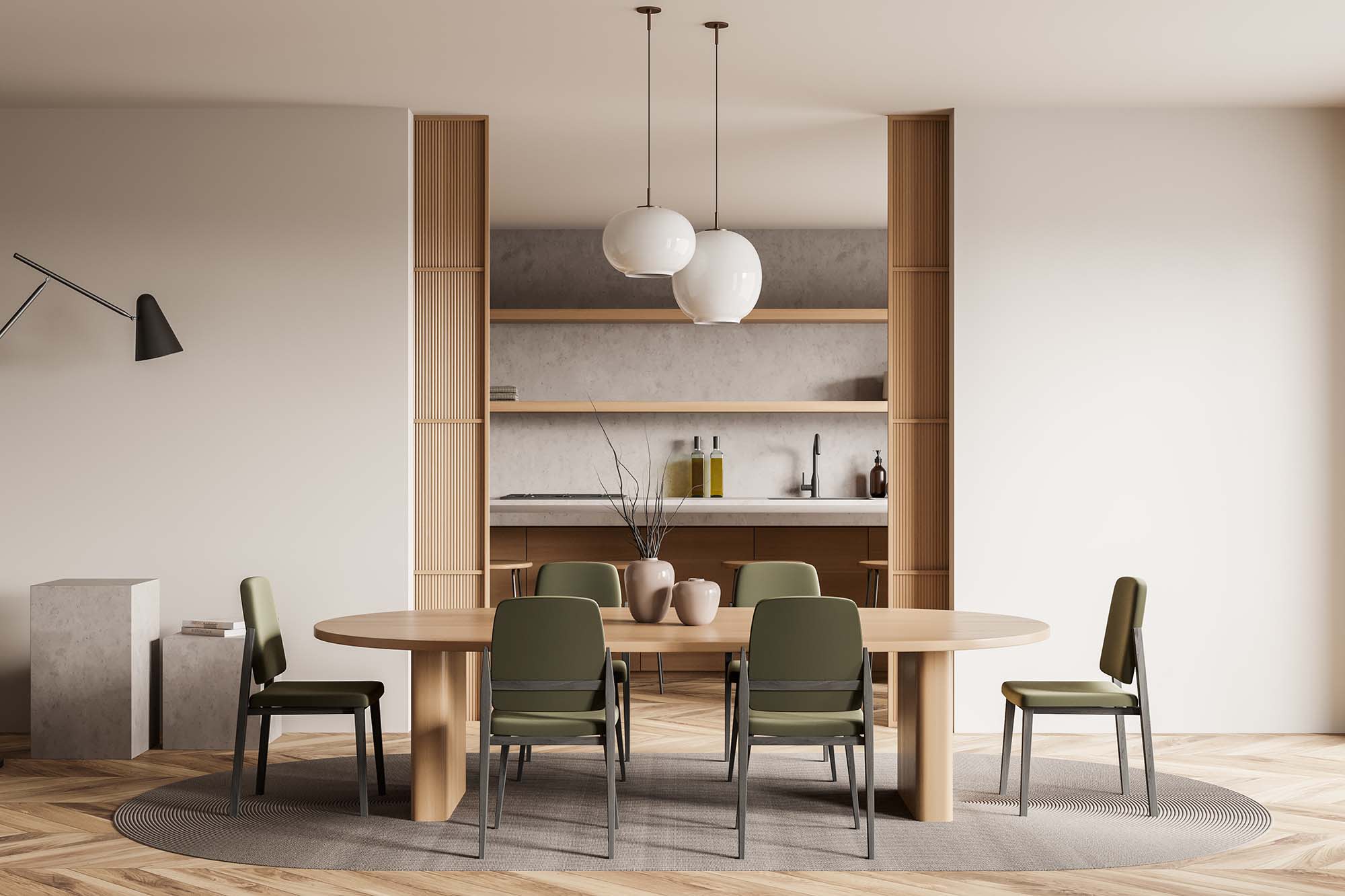Laminate flooring is a popular choice for homeowners due to its durability, affordability, and easy installation. However, like any flooring material, laminate can face issues over time, and one common problem is lifting. Lifting laminate not only affects the aesthetics of your floors but can also pose a tripping hazard.
Let’s walk through the process of how to fix laminate floors that are lifting and we’ll help to ensure your floors look great and stay safe!
How to fix lifting laminate flooring
Step 1: Identifying the Cause:
Before diving into the solution, it's crucial to identify the cause of the lifting. Common reasons include water damage, improper installation, or changes in humidity. Once you understand the root cause, you can take appropriate measures to prevent future issues.
Step 2: Gather Your Tools:
To fix lifting laminate flooring, you'll need a few tools:
- Replacement planks: If the lifting is severe, you might need to replace the damaged planks.
- Utility knife: To cut away damaged or protruding edges.
- Wood glue: For reattaching loose planks.
- Heavy objects: To weigh down glued sections during drying.
- Hammer and tapping block: For gently tapping the laminate back into place.
- Caulk and sealant: If water damage is the culprit, sealing gaps is essential.
Step 3: Assess the Damage:
Begin by identifying the extent of the damage. If only a small section is affected, you might be able to fix it without replacing any planks. For larger areas or severe damage, replacement may be necessary.
Step 4: Remove Baseboards:
Carefully remove the baseboards along the affected area. This will give you better access to the edges of the laminate.
Step 5: Lift the Damaged Planks:
Gently lift the damaged laminate planks using a putty knife or any thin, flat tool. Be cautious not to damage the surrounding planks during this process.
Step 6: Inspect the Subfloor:
Check the subfloor for any signs of damage or moisture. Addressing the underlying issue is crucial to prevent future problems. If there's water damage, ensure the area is thoroughly dry before proceeding.
Step 7: Replace Damaged Planks:
If the laminate is beyond repair, carefully remove and replace the damaged planks. Use a utility knife to cut along the seams and remove the damaged pieces. Install the new planks following the manufacturer's guidelines.
Step 8: Reattach Loose Planks:
Apply a small amount of wood glue to the edges of the lifted planks and gently press them back into place. Use a tapping block and hammer to ensure a snug fit. Wipe away excess glue immediately with a damp cloth.
Step 9: Weigh Down the Repaired Section:
Place heavy objects on top of the repaired section to ensure a secure bond while the glue dries. Follow the recommended drying time on the glue packaging.
Step 10: Seal Gaps (If Necessary):
If water damage is the culprit, use caulk or a suitable sealant to fill any gaps along the edges of the laminate. This will help prevent future moisture-related issues.
Count on the flooring experts at Diverse Flooring for more information
Fixing lifting laminate flooring requires careful attention to detail and the right tools. By following these steps, you can restore the beauty and safety of your floors. If you encounter difficulties or prefer professional assistance, consider reaching out to flooring experts. For residents in Maple Ridge, BC, Coquitlam, BC, Port Coquitlam, BC, Pitt Meadows, BC, Port Moody, BC, Langley, BC, and Burnaby, BC, Diverse Flooring in Maple Ridge is a trusted choice for flooring solutions. Contact or visit us for expert advice and top-notch service.





